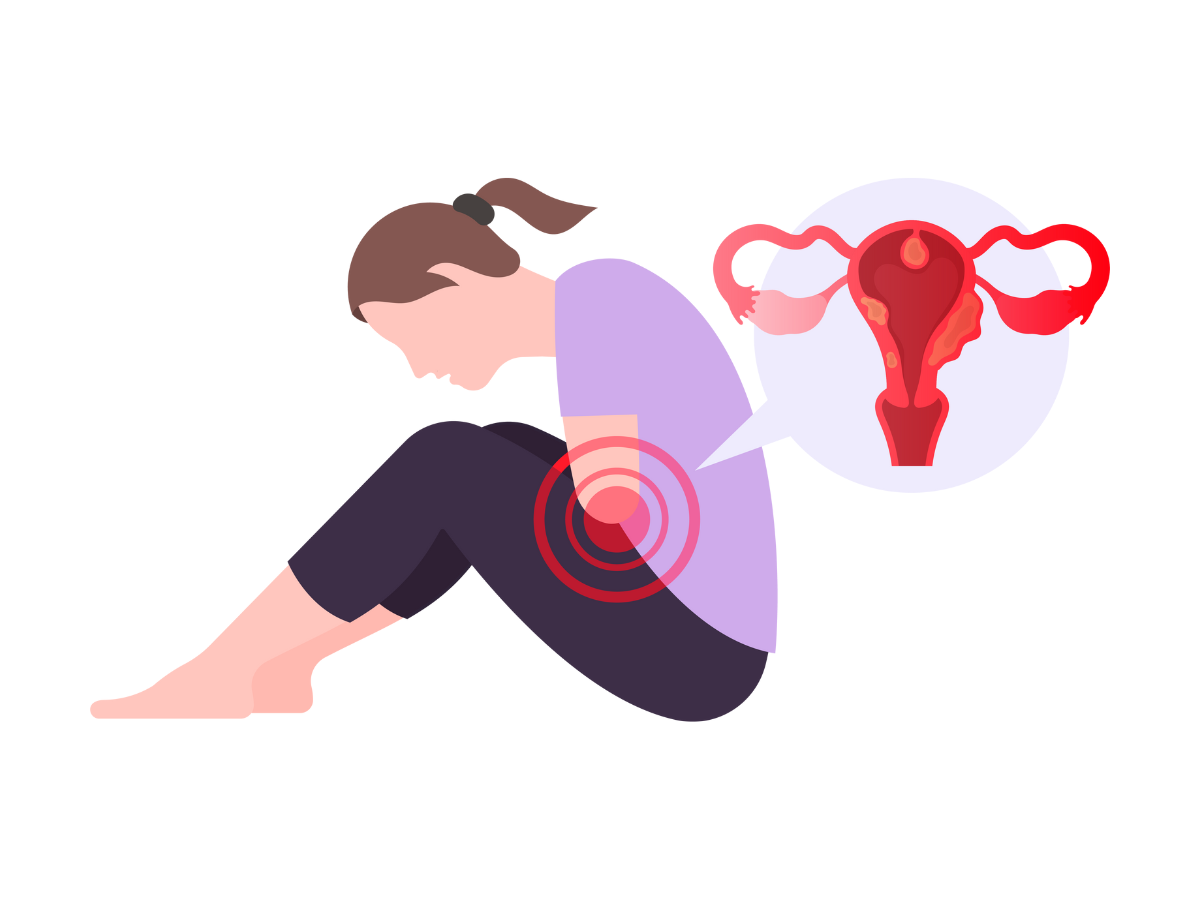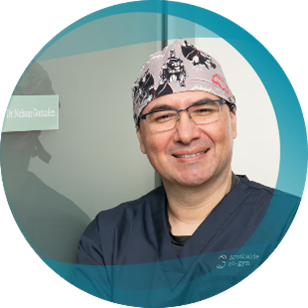
Spotlight on Endometriosis
April 2025
Endometriosis is a common inflammatory condition that affects up to 1 in 7 women and is found in up to 70% of those who experience pelvic pain.
While endometriosis can be surgically classified from mild to severe, its classification does not necessarily correlate with the severity of symptoms. In some women, it can also lead to infertility.
Diagnosis can at times be a difficult and frustrating journey. Relief can often be found through range of medical and surgical treatment options. Gynaecologists experienced in endometriosis play a key role in its diagnosis and treatment.
Increased endometriosis awareness and education have played a vital role in reducing the average time for diagnosis and improved greater patient access to treatment.
What is endometriosis?
The internal lining of the womb (or uterus) is called the endometrium. This lining is shed when a woman has a period. Endometriosis is a medical condition where endometrium-like tissue deposits itself outside of the uterus.
These deposits are primarily found in the pelvic cavity where it can affect the reproductive organs, as well as ureters, bladder, bowels and rectum. However, they can potentially occur anywhere in the body.
This tissue continues to function as it would in the uterus, so when a woman menstruates, it also bleeds and sheds. This in turn, leads to inflammation and pain.
Persistent inflammation can then lead to chronic pelvic pain, scarring and adhesions, thus adversely affecting the quality of life of those affected. Inflammation and scarring can eventually also lead to infertility.
What are the symptoms?
The symptoms of endometriosis are variable and commonly include pain. This may be chronic or acute pain and can range from mild to severely debilitating.
This pain usually occurs in the pelvic region, sometimes with radiation to lower back or legs. It can occur on or around your period, around ovulation, during or after sex, with bowel movements, or when you urinate.
Other common symptoms include fatigue, abdominal bloating, heavy or irregular bleeding, increased urinary frequency, or having trouble ‘holding on’ with a full bladder.
How is endometriosis diagnosed?
Depending on the severity of symptoms and physical examination, your treating doctor may suggest you have endometriosis.
While medical imaging (eg ultrasound or MRI) may be useful in identifying severe endometriosis, mild endometriosis may not show up at all —a normal pelvic ultrasound does not rule out endometriosis.
The only way to receive a definitive diagnosis for endometriosis involves taking a tissue biopsy during a diagnostic laparoscopy procedure (keyhole surgery) and sending it for confirmation by pathology.
What are the treatment options?
As with all medical conditions, it is important to fully understand the treatment options available.
Treatments for endometriosis can be divided into medical and surgical options, but often a combined approach is required.
Medical treatment—the aim of therapy is symptom relief using medications. These can be divided into hormonal or non-hormonal treatments and may include:
- Pain-relief medications such as paracetamol or non-steroidal anti-inflammatories
- Hormonal medications such as the oral contraceptive pill, or hormonal implants (eg Mirena Intrauterine device)
Surgical treatment
Surgery for endometriosis is usually done laparoscopically (‘keyhole’ procedure) and usually involves a day or overnight admission.
The aim of surgery will be to make a definitive diagnosis and to remove the abnormal endometrial deposits within the pelvis.
Surgery is usually considered for women who:
- need definitive tissue diagnosis
- have persistent symptoms despite medical therapy
- have infertility issues
- have complications related to adhesions and scar formation.
Most women who undergo surgical excision experience improvement in pain symptom but may still require long-term medical treatment, as well as monitoring for reoccurrence of the disease.
Complementary therapies
Following consultation or surgery, your doctor may recommend a treatment plan including other health professionals to help with recovery.
If you are seeking alternative therapies, it is important you discuss these with your doctor before commencing as they may interfere with your surgical outcome.
Your doctor may also have a preference or recommendation based on their specialised knowledge.
What you need to know
There is currently no cure for endometriosis. No two women will experience endometriosis or respond to treatment in the same way.
Treatment is available to manage symptoms and improve quality of life.
It’s important to understand the different treatment options available, possible side-effects, and/or complications, and to ask questions of your doctor if you are unsure.
To seek diagnosis for endometriosis, you first need a referral from your general practitioner.
Sunnybank Private Hospital has several Gynaecologists experienced in the diagnosis and management of endometriosis. Use Sunnybank Private Hospital’s specialist search to learn more about them.
This article has been medically reviewed by Dr Nelson Gonzalez, Gynaecologist at Sunnybank Private Hospital and Southside ObGyn


This article has been medically reviewed by:
Dr Nelson Gonzalez
Gynaecology and Advanced Endoscopic Surgery
Southside ob-gyn
1187 Logan Road
Holland Park West QLD 4121
T 07 3345 4947
F 07 3423 7215
E reception@southsideobgyn.com.au
